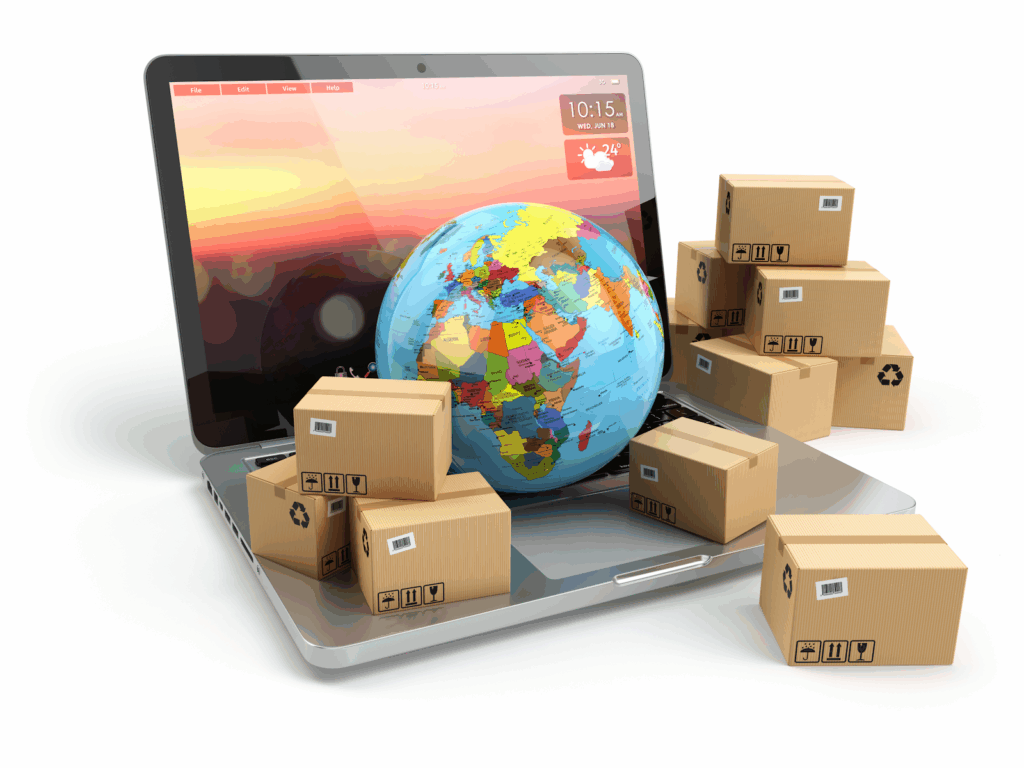Top Features to Look for in a Global Logistics Tracking Platform
Global e-commerce moves fast, and logistics tracking has become essential—not optional. Customers now demand real-time updates, businesses rely on full visibility, and support teams must act quickly when shipping issues arise. That’s why selecting the right global logistics tracking platform is critical for any company handling international deliveries.
At postalparcel, we help e-commerce sellers, logistics teams, and fulfillment providers stay one step ahead with smart, reliable tracking solutions. In this article, we’ll explore the top features to look for in a global logistics tracking platform—and why they matter more than ever in 2025.

1. Real-Time Multi-Carrier Support in a Global Logistics Tracking Platform
One of the most important features is real-time, multi-carrier tracking. Since international parcels often move through multiple hands—local couriers, air freight, customs, and last-mile delivery—your tracking system should update automatically at every stage.
What to look for:
- Support for thousands of global and regional carriers
- Real-time tracking updates (not batch-refreshed data)
- Visibility from origin to destination
Without this, you’re left guessing—and customers will notice the lack of information.
2. Unified Tracking Dashboard
Managing hundreds of orders across multiple platforms can be chaotic. A good logistics tracking tool provides a central dashboard that organizes all your shipments.
Benefits of a unified dashboard:
- Easier monitoring of shipment status and delivery performance
- Quick filtering by country, carrier, or shipping issue
- Streamlined workflow for operations and support teams
At postalparcel, we ensure you can track everything in one simple interface—no switching between carriers or spreadsheets.
3. Customizable Notifications and Alerts

Keeping customers informed reduces stress and builds trust. But constant manual updates? That’s not scalable. Look for a platform that offers automated notifications based on shipping events.
Essential features include:
- Email or SMS updates when a package is shipped, delayed, or delivered
- Internal alerts for exceptions or potential problems
- Custom messages that match your brand’s tone
It would be even better if the platform allowed branded tracking pages so customers could stay engaged with your store during the delivery journey.
4. Predictive Analytics and Delay Detection
Sometimes, even with perfect planning, delays happen. Weather, customs, and traffic can all slow down delivery. That’s where predictive analytics comes in.
Modern platforms use AI and historical data to spot problems before they occur.
Key functions to look for:
- Delay prediction based on region or carrier behavior
- Estimated delivery windows
- Smart rerouting or exception handling suggestions
With predictive insights, businesses can take action early, notify customers in advance, and avoid negative reviews.
5. Seamless Integration with E-commerce and ERP Systems

Tracking should not live in a silo. Your tracking platform should integrate smoothly whether you’re using Shopify, WooCommerce, or a custom ERP system.
Must-have integration features:
- Sync order data automatically
- Trigger tracking updates to your storefront
- Update fulfillment status without manual input
Platforms like postalparcel offer plug-and-play tools and open APIs so your logistics stack works together, not against you.
6. Return and Exchange Tracking
Post-purchase support is just as important as initial delivery. A strong platform will support return and exchange tracking so buyers and sellers know what’s happening during reverse logistics.
Why this matters:
- Reduces support workload
- Helps manage inventory more accurately
- Improves overall customer experience
Return tracking shouldn’t be an afterthought—it should be built into your logistics ecosystem.
7. Risk Detection and Exception Management
Lost packages, failed delivery attempts, and damaged goods cost money and time. A modern tracking platform should do more than follow parcels. It should help detect risks and flag exceptions automatically.
What to look for:
- Alerts for delivery failures, customs issues, or stuck shipments
- Status change logs and timestamps
- Tools to resolve exceptions quickly (e.g., reship, refund, contact carrier)
At Postalparcel, our system helps sellers react quickly to issues, saving time and ensuring customer trust.
8. Performance Analytics and Carrier Reports

If you can’t measure it, you can’t improve it. Your tracking platform should provide detailed analytics on delivery speed, carrier reliability, and geographic trends.
Useful insights include:
- Average delivery times per region
- Carrier success rates
- High-risk routes or zones with frequent issues
This data helps optimize your shipping strategy, negotiate better contracts, and make smarter logistics decisions.
Conclusion
Choosing the right global logistics tracking platform is more than finding a place to view parcel statuses. It’s about improving the entire delivery experience—for your business and customers.
The best platforms in 2025 offer real-time visibility, predictive insights, multi-carrier support, smart alerts, seamless integrations, and data that drives decisions. Whether you’re managing 100 orders a month or 10,000, the right tools make all the difference.
At postalparcel, we’ve built our platform with these features—designed to help e-commerce businesses scale, automate, and deliver better service across borders.
Start tracking smarter with PostalParcel today and make every shipment successful.
Industry Insights
news via inbox
Nulla turp dis cursus. Integer liberos euismod pretium faucibua







